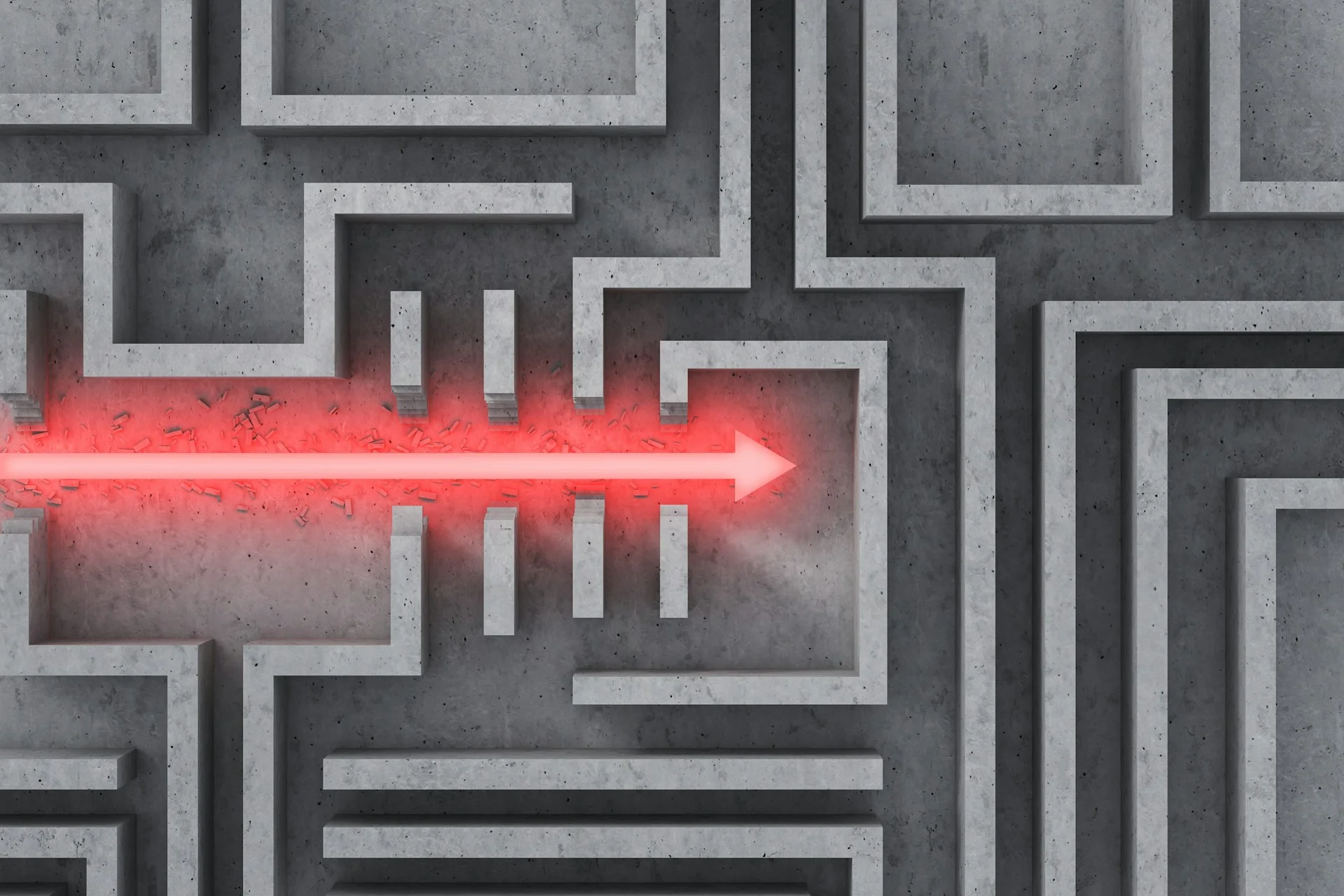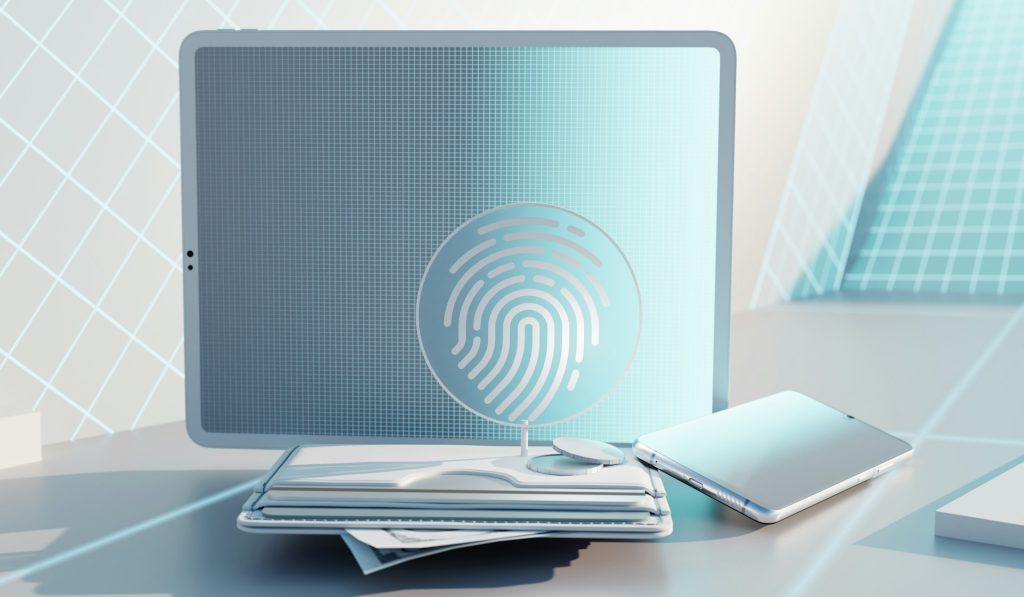Table of content
It is time to break the stereotype that startups fail only due to lack of financing or poor team. Instead, what they typically have in common is the wrong choice of product strategy. Their ideas might have been great, but customer needs constantly change, and so does the market.
And what is usually similar about tech giants? They know their audience very well and provide them with exceptional user experience. Their impact on customers’ daily life is even reflected in modern language: everyone has heard the expressions “Google it” or “Shazam it”!
To sum up, tech giants pay significant attention to product research. Sometimes it might seem that they foresee user needs and immediately react to them by offering a solution. Want to be like them? Product discovery is a great stepping stone to start.
Devox software has extensive expertise working with growing startups and supporting prosperous enterprises. In this article, our experts will share with you up-to-date product discovery insights and explain common mistakes and how to avoid them.
What is Product Discovery?
Product discovery is where every great thing begins. It includes learning about your customers, ideation, and solution brainstorming. It always starts with the problem statement and ends with solution discovery. But each team decides its filling based on problem type, deadline, team skillset, available data, and other product discovery process peculiarities.
Whatever product or feature you want to build, you want it to be successful. That is why it should always be aligned with market and customer needs.
The product discovery framework is about crafting the idea to satisfy customers’ needs. Its fundamental purpose is to back assumptions up with evidence. Such an analysis should take place before launching any new product or feature.
We are proud to introduce Activeplace — a wellness social network. This application was developed and maintained by Devox software from scratch. Our business analysts and architects were involved in the product design process. During product discovery, together with client insights, our team came up with new ideas for customer engagement and product monetization. As a result, Activeplace has become not only a social network but a media platform with a marketplace feature.
Why stick to Customer-Centric Product Discovery?
To remain competitive in 2023, you need to be not customer-centric but customer-obsessed. It would be much easier to sell a product to customers if you do not need to convince them that they need to buy it.
Attracting new customers is always more expensive and complicated than keeping existing ones. That is why growing a loyal audience is vital. Value-driven user experience helps to engage the devoted audience for the product. It also increases customer retention rate, one of the critical factors of product success.
Lifehack for making your product more customer-centric — start with shaping your audience portrait and always keep it in mind. Cover both general and specific cases or users. User roles and persona frameworks are here to help you out.
Product Discovery Framework Explained
The place of discovery phase in the product lifecycle depends on chosen software development methodology.
Waterfall
In waterfall projects, product discovery is an entry point to SDLC. In this case, discovery includes planning, requirements analysis, and some elements of the design phase. In waterfall, this phase happens once in a product’s lifetime.
Agile
In agile projects, a product or feature often go through the discovery phase. The development comes in short cycles — iterations. Each iteration consists of requirements gathering and analysis, development, testing, and feedback adoption.
Before you start, make sure that the timeframe is set. For most projects, the product discovery phase takes one week to one month.
Also, ensure you have a diverse team, including business, sales, engineering, product, and customer care representatives. IT-shaped skill profiles are a plus.
Even though product discovery stages are the same, methods and tools vary from team to team. The exact number of stages may also differ because from classification to classification. There is no need to overcomplicate and stick to the variant with as many steps as possible. To grab its concept, it is enough to start with three major groups of processes which are investigation, ideation and solution.
Investigation
Data is the best advisor in the product development battleground. To create a successful product, you must know everything about its consumers. This stage aims to create a portrait of your typical user and understand their needs.
Here are several product discovery techniques that help to learn about users:
- Surveys and questionnaires. Those could be paper blanks, emails, Google Forms and specialized services like SurveyMonkey. They help to gather quantitative and qualitative data for future analysis.
- Customer interviews. Interviews take more times to be prepared and processed. But they help get deeper insights into how customers like your product or feature.
- Customer journey mapping. Modeling user flows helps to discover additional requirements and needs.
Those also may include customer need canvas, pain points evaluation, and mindmapping. Other techniques that may be helpful at this stage include competitor analysis and market research.
Ideation
After customer needs are more or less known, it is time for the most exciting phase, ideas generation. At first, feel free to generate as many ideas as possible.
- Brainstorming is the most straightforward technique suitable both for small and big teams. For this, you will need only a timer and a notebook. After the timebox expires, everyone shares their ideas.
- Storyboarding is used for capturing ideas of possible product features.
- Prototyping techniques could be applied when the feature pool is known and user flows are established.
Solution
After you have gathered product and customer data and shaped an idea, it is time to get the first feedback for your product. Let the data tell the story. Visualize it to support your idea and walk the development team through product discovery artifacts. For this, you can use Google Slides and Google Sheets, Tableau, or Lucidchart. After MVP scope work is in place, proceed to testing phase.
Let other people from your company test some features and gather their feedback. For this, you may need to host on-site user acceptance testing or perform A/B testing with a random pool of users.
You can also issue beta-version of your product for early testers among dedicated users.
Make sure you transform that customer feedback into future product requirements and set up a feedback loop.
Easy-to-Use Tools for Product Discovery
Oops! We will not reveal any secret ingredient here. Product discovery stands on such fundamental practices as surveys, questionnaires, market research, customer interviews, and prototyping. There is no right choice of tools, and specifying particular ones will only limit your choice. Most of them are interchangeable and allow using custom templates and add-ons.
However, there is a piece of advice that we would like to share with you. Although there are lots of applications that serve specific purposes, like roadmapping or mindmapping, do not stick to them. You will spend dozens of time figuring out the setup and choosing the subscription plan instead of dedicating this time to product discovery.
Here is a list of collaborative tools handy for product discovery:
- Miro is an online whiteboard with an extensive template library. It includes prototyping, brainstorming, diagramming, story map, roadmap, and productboard and allows synchronous collaboration.
- Notion is a shared workspace tool that helps to organize information and track progress. You can create your own workspace templates and use any built-in.
- Balsamiq is an excellent prototyping and wireframing tool which is easy to use. It is great for low-fidelity prototypes.
- Figma is mainly known as an interface design tool but offers FigJam whiteboard and diagram templates.
Product Discovery Mistakes to Avoid
Product discovery process requires lots of context-switching. It may take a lot of work to concentrate on numerous aspects simultaneously, which is why even mature product teams sometimes make mistakes. Some of them are easy to spot, and some aren’t, so here’s a checklist of the most common ones:
Product Discovery as an Essential for Product Teams
How does product discovery contribute to the success of product teams? Remarkable products bring value not only for customers, but for the business too. It will help the team to reduce uncertainty and eliminate risks.
If you follow through, you will get the following benefits.
Transparency, Inspection, Adaptation
Product discovery artifacts clarify product vision to the engineering teams. For example, a product roadmap brings more transparency to the development process. According to Scrum theory, focusing on product goals is a great way to maximize the value each member brings while working on your product.
Time is Gold
Being fast is vital in highly competitive or evolving industries because it will bring you more clients. A properly performed product discovery process reduces time spent on unnecessary features. Therefore the product might be launched earlier.
Sales Growth
As a bonus of the discovery phase, you will get valuable insights for marketing. Advertisement campaigns based on customer behavior habits supported with empirical data about your product will perform great for its audience. Knowing customers’ desires and pains makes getting into their hearts much easier.
Ace Product Discovery with Devox Software
Facing such a complicated task might seem overwhelming, no matter how experienced you are. New things are always challenging to create, which can be understood.
Software development is not solely about engineering and innovation anymore. Nowadays, it is worth investing in quality product strategy. Devox Software team is happy to guide you no matter how much experience in product development you have. Our specialists would be glad to help you at any stage of software product development or drive your idea from draft to implementation.
Creating a lovable and profitable product is always a great idea. With our assistance, it is easily reachable with no stress and overcomplication. Reach out to Devox Software and let your ideas bloom!






![Why Hire A Remote Team In Ukraine? Interview With CURE Media Tech Lead [VIDEO]](https://devoxsoftware.com/wp-content/uploads/2023/02/steve-johnson-bxUU1CGCatU-unsplash-1024x576.jpg)
